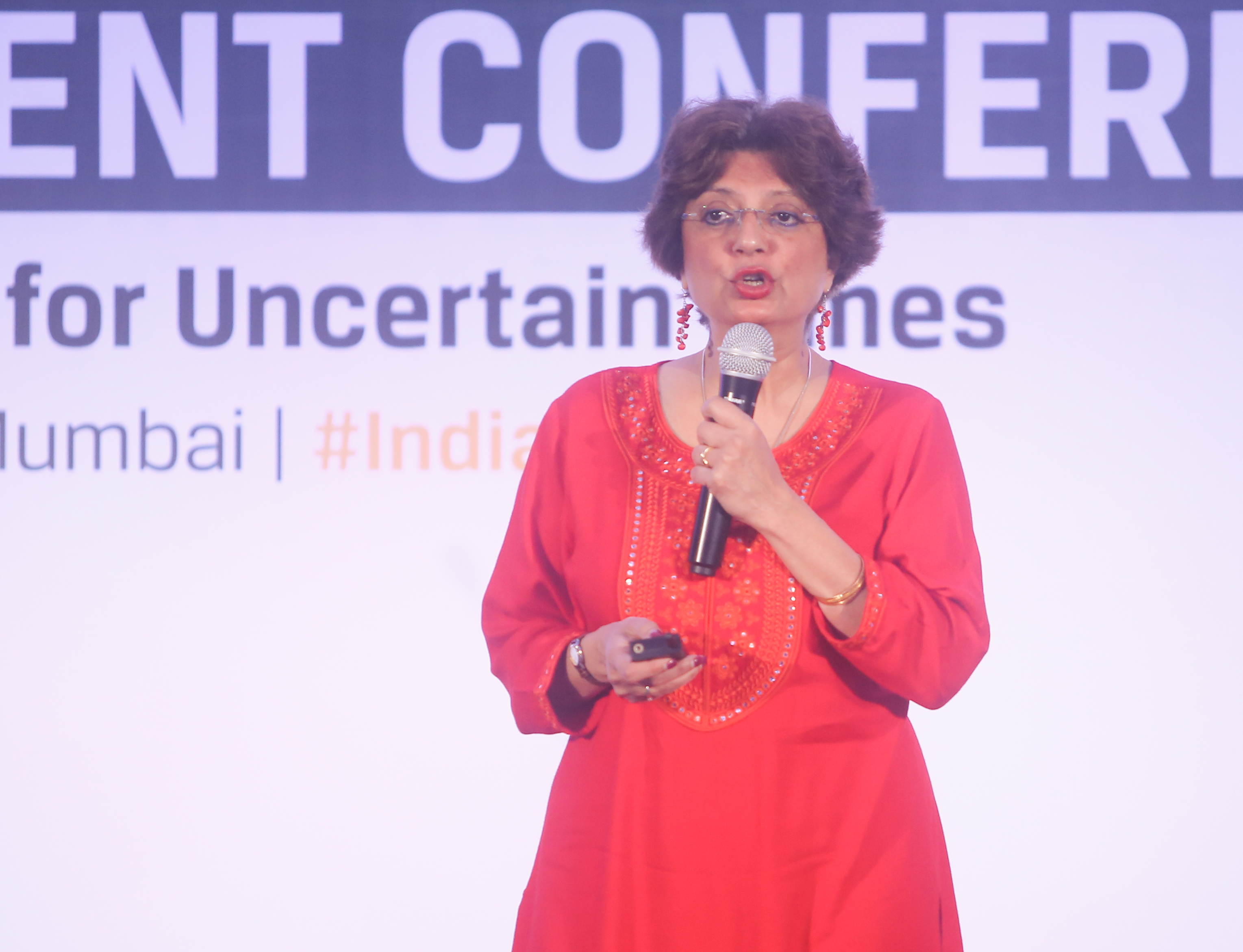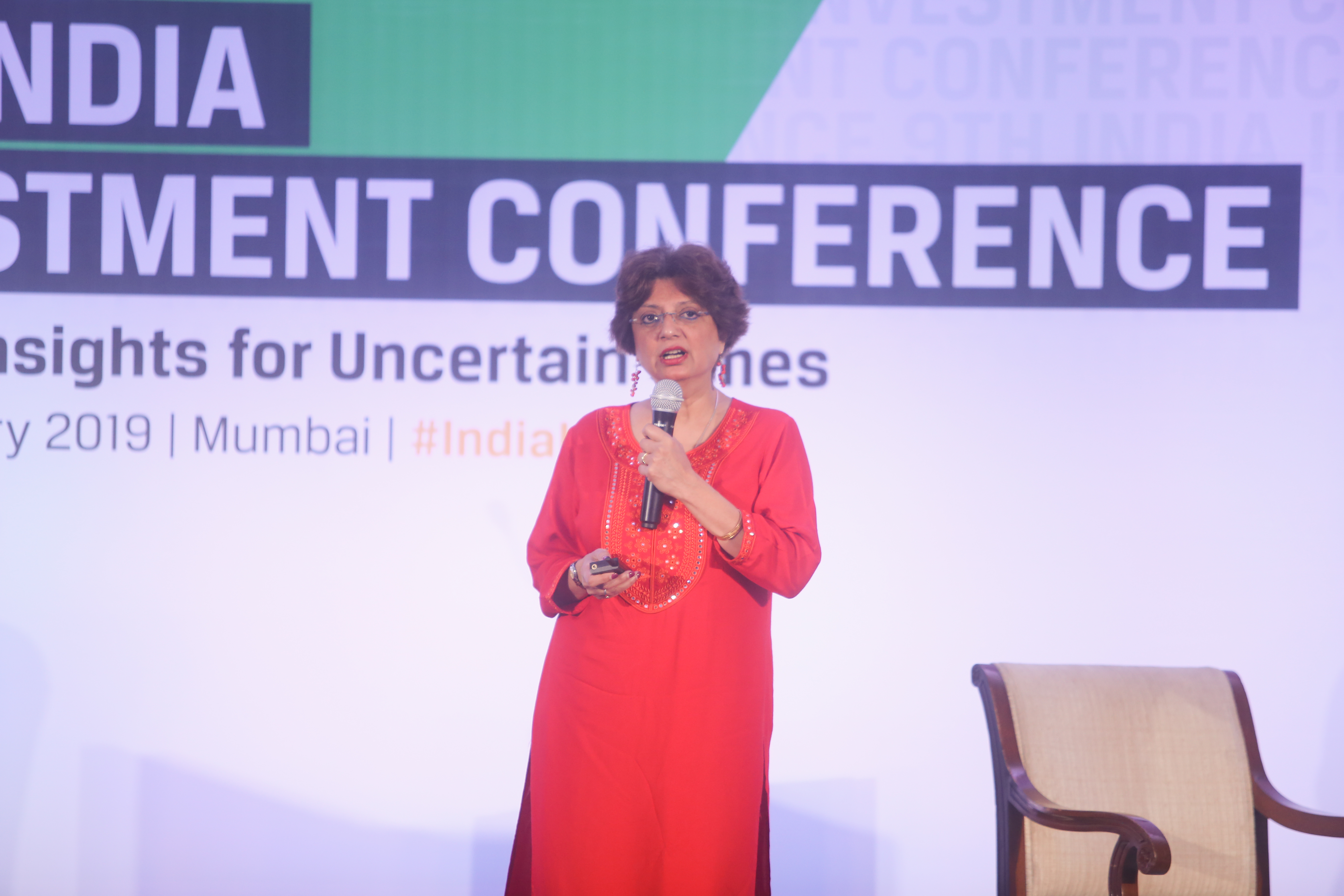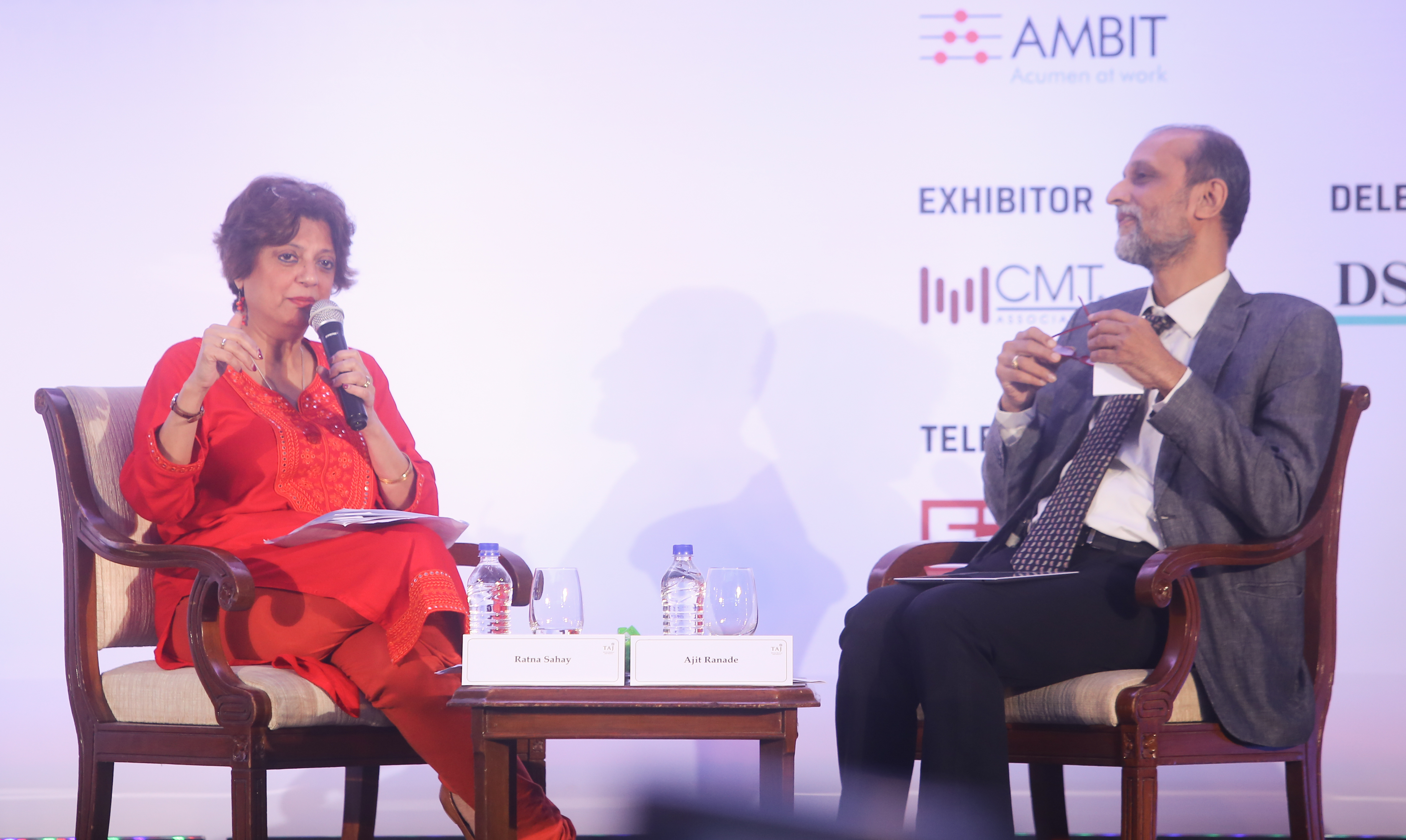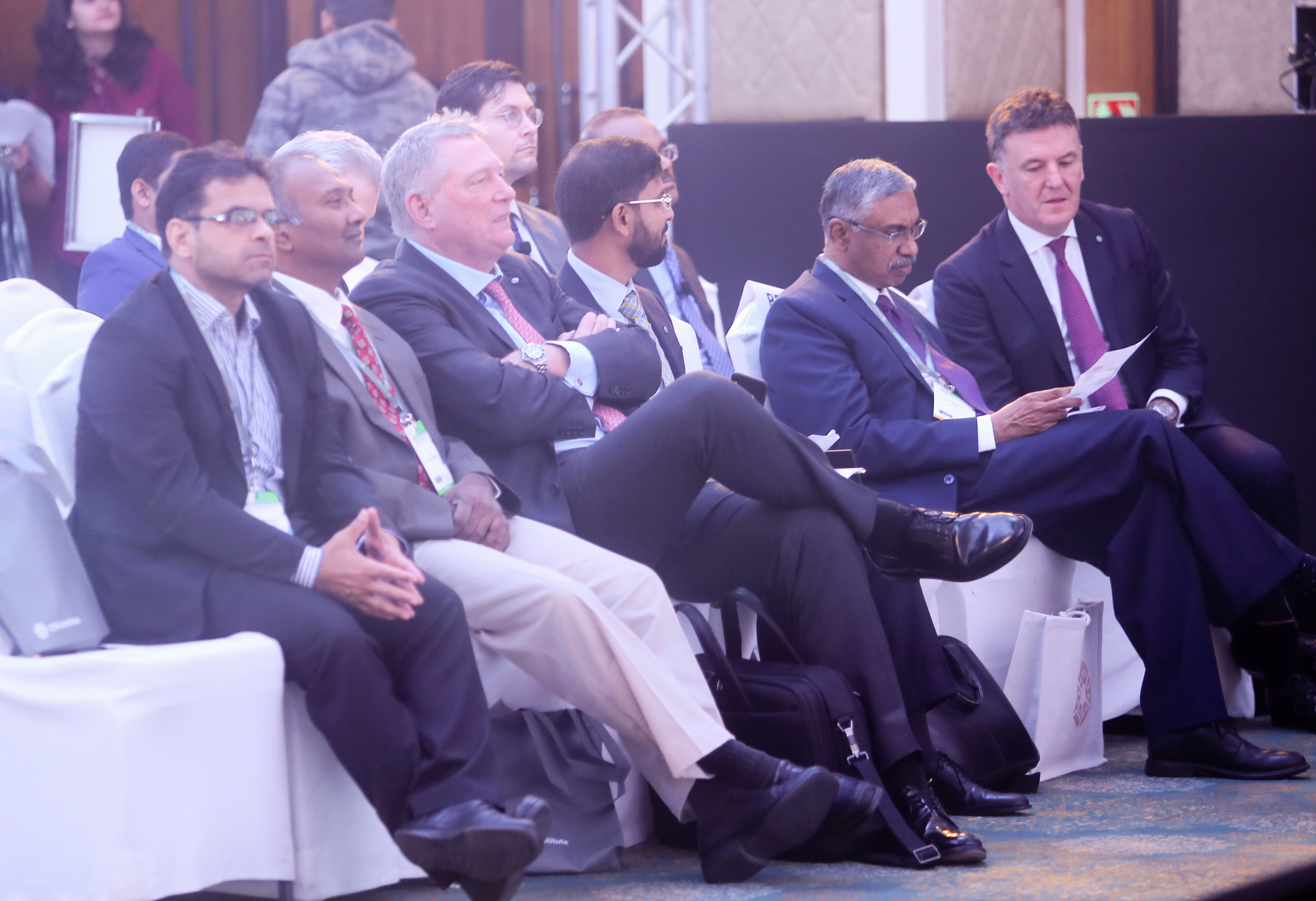- January 20, 2019
- Posted by: IshwarChidambaram, CFA
- Category:BLOG, Events, India Investment Conference, Mumbai
 Speaker: Ratna Sahay– Deputy Director, Monetary and Capital Markets Department, International Monetary Fund
Speaker: Ratna Sahay– Deputy Director, Monetary and Capital Markets Department, International Monetary Fund
Moderator: Ajit Ranade, Group Executive President and Chief Economist, Aditya Birla Group
Written by: Ishwar Chidambaram, CFA, FRM, CAIA
Ratna Sahay- Deputy Director, Monetary and Capital Markets Department, International Monetary Fund- gave an engaging presentation on the role of the Financial Sector in realizing India’s economic ambitions. She began by informing that every 5 years the IMF reviews the financial sectors of all the major nations globally. India is consistently at the top, as compared to the likes of Brazil, Russia, China, etc. with respect to GDP growth rate. This growth has been inclusive and there has been an overall decline in poverty. Comparing 2010-13 with 2014-17, India’s deficit has actually fallen. Moreover India has adopted a flexible inflation targeting approach, which has looked at different measures of inflation. On the flip side, India is one of the few nations where the State dominates the banking sector. This is bad, as it is desirable to have competition in this sector. India also suffers from having a lower number of transactions in banking sector, as compared to the US. Further, the spread between the lending and deposit rates in India is very high, which indicates lower efficiency in the financial sector.
The speaker then provided a number of measures of financial debt for India. She said that in most of these, India is comparable with the US, except for the Pension markets- where India is very small by comparison. Also domestic credit to private sector (as percentage of GDP) is less in India compared with Developed Markets (DMs). This could be because the Public Sector Banks (PSBs) are in deleveraging phase. She then proceeded to ask the important question of whether there is a limit to finance that is best for a country. She informed that the IMF has answered this by constructing a financial development index comprising 128 nations. They used regression analysis to see whether there is an inflection point. The results show that beyond a certain point, growth in financial sector can be detrimental. Many DMs have too much finance, while Emerging Markets (EMs) have scope for growth. She added that there exists a trade off between financial sector development and financial stability. One third of the IMF’s regulatory principles are very essential for financial stability. There is no trade off for regulation and supervision.
Growth must be inclusive to sustain. If the gap between rich and poor widens then good policies start getting reversed. In India’s case, the implementation and growth of Aadhaar has brought a greater share of the population into the financial system. Subsidies can now be brought into beneficiaries’ accounts directly without any middlemen. There is also a gender gap in access to financial services, with men having more access to finance than women. In India this gender gap has narrowed considerably from 2011 till today. There is generally no trade off between financial inclusion and financial stability, as it is always better to bring maximum people into the financial sector for transactions, subsidies, etc. However, the exception to this rule is that if credit is extended beyond a certain limit, then it will hurt financial stability. If there exists high quality of regulation and supervision, then credit can be extended without any threat of financial crisis. In case of poor regulation and supervision, there can be a deterioration in banks’ credit quality with rising levels of credit. In India, PSBs are doing poorly, hence they are unable to extend credit to the economy. PSBs poor performance is reflected in their dismal ROAs, CARs and NPLs. The Non-Banking Finance (NBF) sector is actually doing better than PSBs, at least from the CAR perspective. The problem facing NBFCs is that of maturity mismatches. There have been a number of excellent reforms like IBC, PCA, Recapitalization of PSBs, etc.
For next steps, the IMF feels that RBI should get full regulatory and supervisory powers over the PSBs. IBC should provide for out of court, flexible ways to do restructuring. PSBs need to be restructured or privatized. Weak banks need to be shut down. Authorities should improve their crisis preparedness.
- IC













